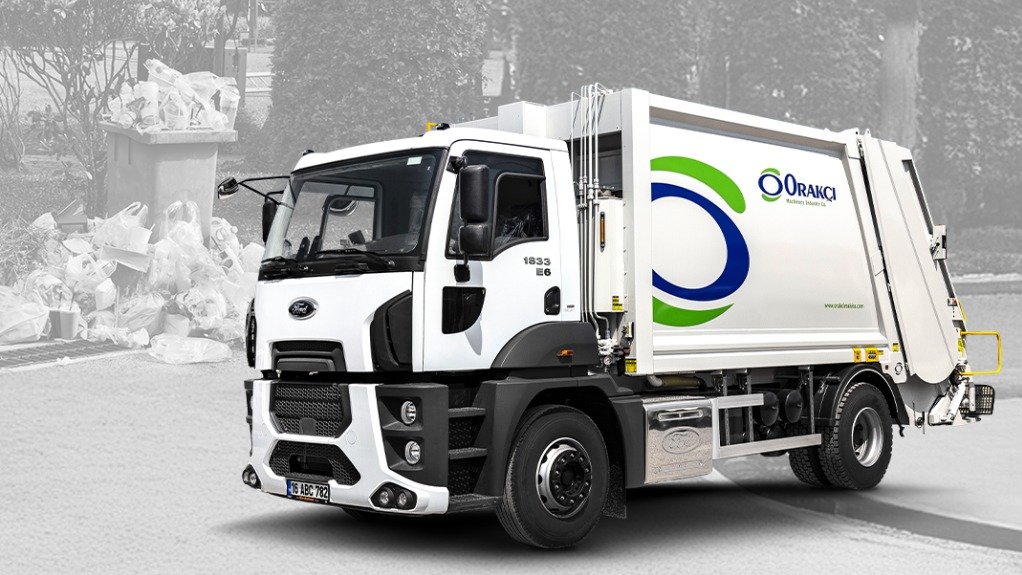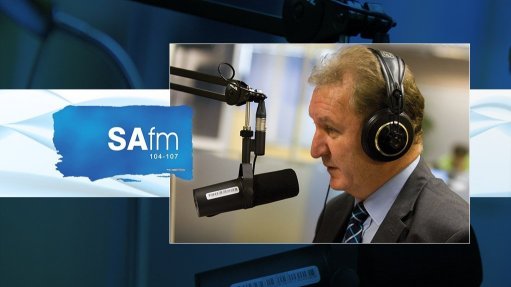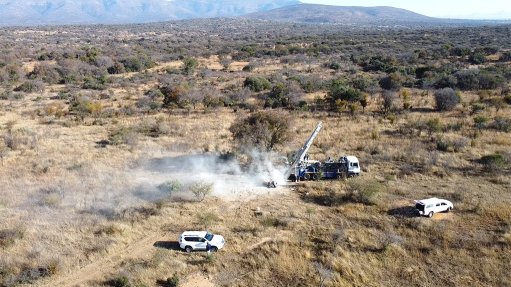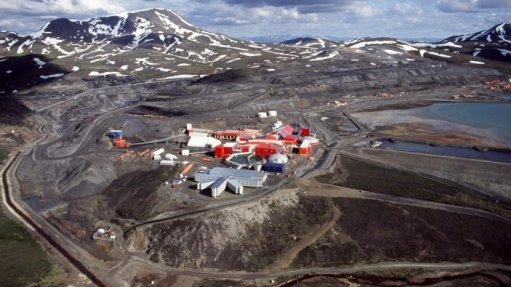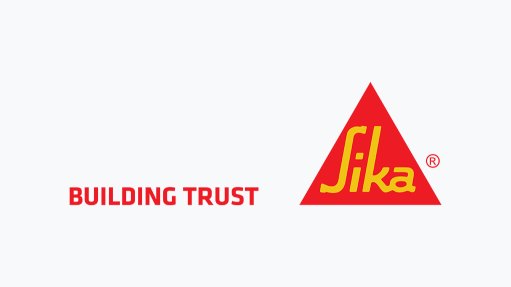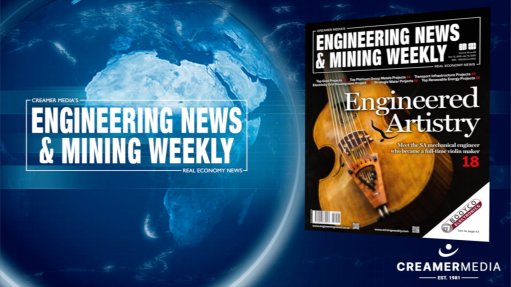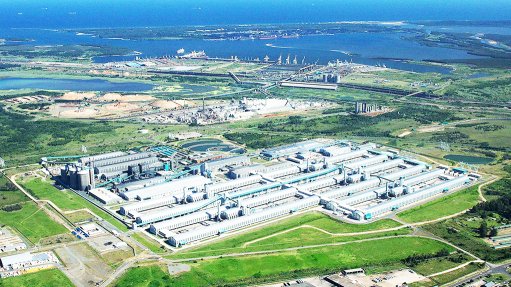Municipalities: What to Look for in Waste Compactors
As South Africa’s urban populations grow and waste volumes rise, municipalities are under increasing pressure to manage waste efficiently, sustainably and cost-effectively.
Investing in robust and well supported compactors offers a smart, forward-thinking solution as this equipment not only reduces the volume of waste but also streamlines collection processes, lowers transportation expenses and contributes to cleaner, more liveable communities.
Sonia Pretorius, National Sales Manager of 600SA, a division of CFAO Equipment, shares the questions local municipalities should be asking prior to investing in new equipment and partnering with refuse compactor suppliers.
How can choosing superior compactors help municipalities reduce waste collection costs?
Pretorius says the primary way high-quality compactors help reduce costs is by maximising the volume of waste collected per trip. “By heavily compressing the refuse to a 6:1 ratio, effective compactor trucks essentially carry the load of two or three non-compacting trucks.
“This translates directly into savings on fuel and vehicle costs, with fewer trips to the landfill resulting in less diesel consumption and lower wear-and-tear on the vehicle fleet, as well as reduced labour costs and landfill gate fees. Where fees are charged by volume or trip, superior compaction reduces these costs by delivering a greater quantity of waste with fewer entries,” she adds.
What cost savings can municipalities expect from robust compactors over the long term?
Long-term cost savings are substantial and fall into three main categories: operational, maintenance and strategic.
- Extended vehicle lifespan: By reducing the mileage and road stress on the chassis and components (due to fewer collection cycles), the operational life of the truck is significantly extended.
- Reduced downtime and repair costs: A focus on high-quality, durable components and excellent after-sales support means fewer breakdowns.
- Lower Landfill Expenses: South Africa’s landfill sites are under strain. By compacting waste, the lifespan of existing landfills is extended, which delays the massive capital cost of establishing new landfill sites.
What should municipalities look for when choosing compactors?
Pretorius says municipalities should be looking for compactors that are specifically engineered and assembled for the demanding and often harsh conditions found in South Africa.
“This means finding equipment that is robust and South African-adapted. For example, our Orakçi refuse compactors feature adaptations such as metal plates that protect the trucks' hydraulic systems against damage from uneven road surfaces and overhanging trees.
“They should also check for corrosion resistance. Compactor bins should be constructed with corrosion-resistant steel bodies to handle diverse climates and the corrosive nature of wet waste effectively.”
Zero-leak technology is another critical consideration for public hygiene, with bins that are fully welded preventing leaks and spills, thereby reducing clean-up costs and public complaints.
“Safety questions must be asked,” notes Pretorius, “Have advanced safety features that protect operators and the public been incorporated into the equipment and does it have safer, more efficient bin lifters that reduce manual lifting risk?”
How can operational downtime and repair costs be reduced?
Pretorius suggests municipalities ask the following questions:
- Are the hydraulic systems and components high quality and designed for a heavy workload? This means there should be fewer component failures and a longer Mean Time Between Failures (MTBF).
- Are the components easy to access, allowing field service and mobile technicians to perform maintenance and repairs quickly and efficiently?
- Does the supplier hold an extensive array of genuine parts to reduce delays and minimise downtime?
What is the average lifespan of a compactor, and how does that impact overall waste management budgets?
The average lifespan of a commercial refuse compactor truck generally ranges from 10 to 20 years, but this is highly dependent on usage volume and the quality of maintenance.
Pretorius says a longer lifespan directly impacts the budget by spreading the capital investment over a greater number of operational years, significantly reducing the annual depreciation cost.
“A compactor with a long, reliable life, underpinned by an effective preventative maintenance schedule, prevents the sudden, unbudgeted expenditure associated with premature equipment failure and replacement.”
What aftermarket support should municipalities expect?
- Comprehensive operator training to ensure maximum efficiency and equipment longevity.
- Reliable service support is key to municipal operations, which often run 24/7. Check if the supplier offers flexible maintenance contracts and weekend service options, enabling municipalities to schedule major services and preventative maintenance during off-peak hours when the equipment would typically be idle.
- If a breakdown does occur, what type of response can be expected and does the supplier have mobile service technicians on call to ensure the compactor is fixed quickly and backlog is avoided.
How can compactors contribute to municipal landfill reduction goals?
Compactors are a fundamental tool in achieving key goals outlined in South Africa's Waste Management Strategy and Vision 2030 objectives.
“A high compaction ratio significantly reduces the volume of waste that goes into the landfill, directly contributing to the goal of diverting waste and extending the life of existing landfill sites,” explains Pretorius.
“Compactor trucks are vital for modern waste separation programmes, particularly those using wheelie bins. The compaction process handles the increase in bin collections with maximum efficiency. By reducing the overall number of collection vehicles required on the road, municipalities also reduce fuel consumption and carbon emissions, aligning with environmental sustainability goals for a cleaner, greener South Africa,” she concludes.
Article Enquiry
Email Article
Save Article
Feedback
To advertise email advertising@creamermedia.co.za or click here
Press Office
Announcements
What's On
Subscribe to improve your user experience...
Option 1 (equivalent of R125 a month):
Receive a weekly copy of Creamer Media's Engineering News & Mining Weekly magazine
(print copy for those in South Africa and e-magazine for those outside of South Africa)
Receive daily email newsletters
Access to full search results
Access archive of magazine back copies
Access to Projects in Progress
Access to ONE Research Report of your choice in PDF format
Option 2 (equivalent of R375 a month):
All benefits from Option 1
PLUS
Access to Creamer Media's Research Channel Africa for ALL Research Reports, in PDF format, on various industrial and mining sectors
including Electricity; Water; Energy Transition; Hydrogen; Roads, Rail and Ports; Coal; Gold; Platinum; Battery Metals; etc.
Already a subscriber?
Forgotten your password?
Receive weekly copy of Creamer Media's Engineering News & Mining Weekly magazine (print copy for those in South Africa and e-magazine for those outside of South Africa)
➕
Recieve daily email newsletters
➕
Access to full search results
➕
Access archive of magazine back copies
➕
Access to Projects in Progress
➕
Access to ONE Research Report of your choice in PDF format
RESEARCH CHANNEL AFRICA
R4500 (equivalent of R375 a month)
SUBSCRIBEAll benefits from Option 1
➕
Access to Creamer Media's Research Channel Africa for ALL Research Reports on various industrial and mining sectors, in PDF format, including on:
Electricity
➕
Water
➕
Energy Transition
➕
Hydrogen
➕
Roads, Rail and Ports
➕
Coal
➕
Gold
➕
Platinum
➕
Battery Metals
➕
etc.
Receive all benefits from Option 1 or Option 2 delivered to numerous people at your company
➕
Multiple User names and Passwords for simultaneous log-ins
➕
Intranet integration access to all in your organisation



